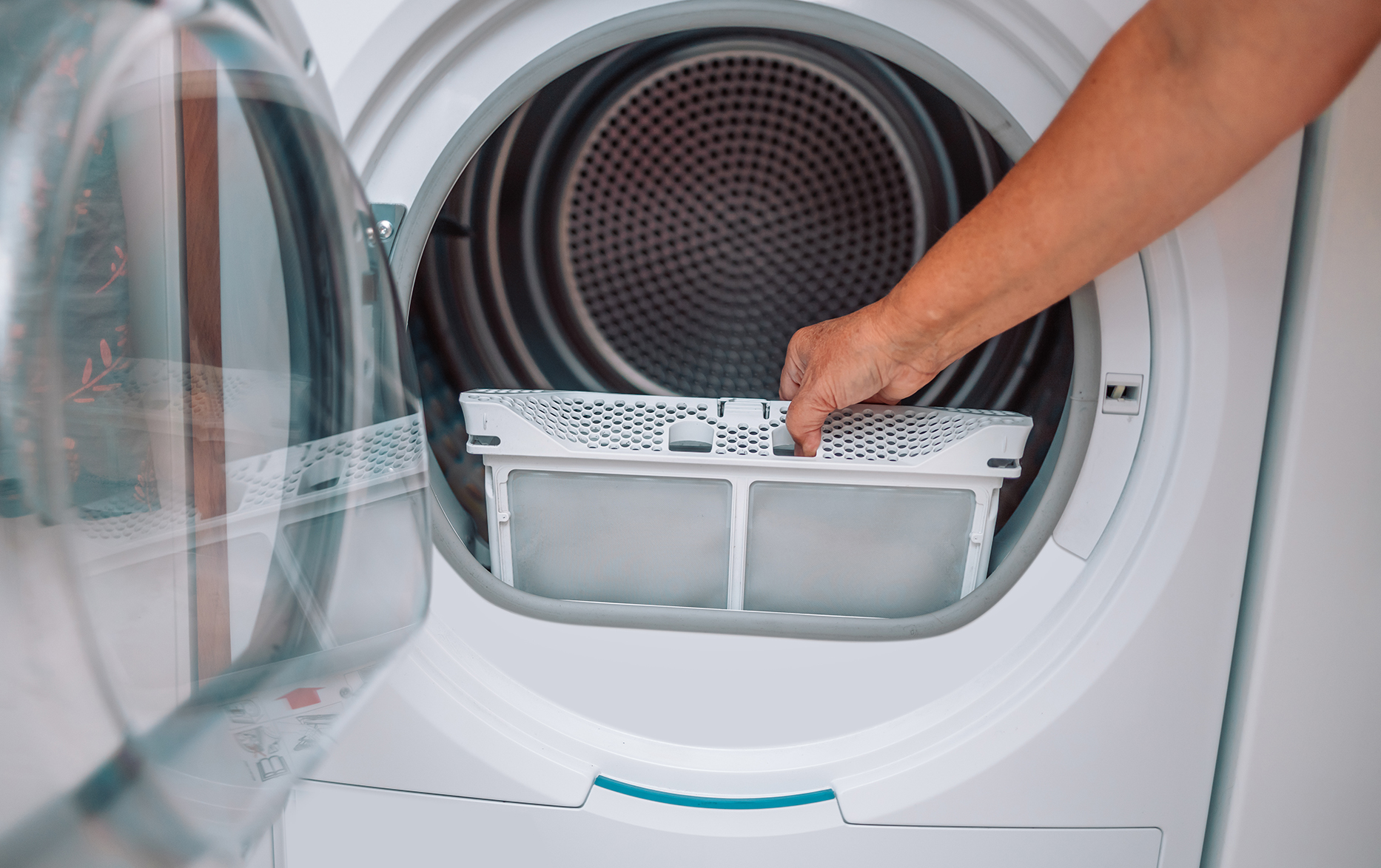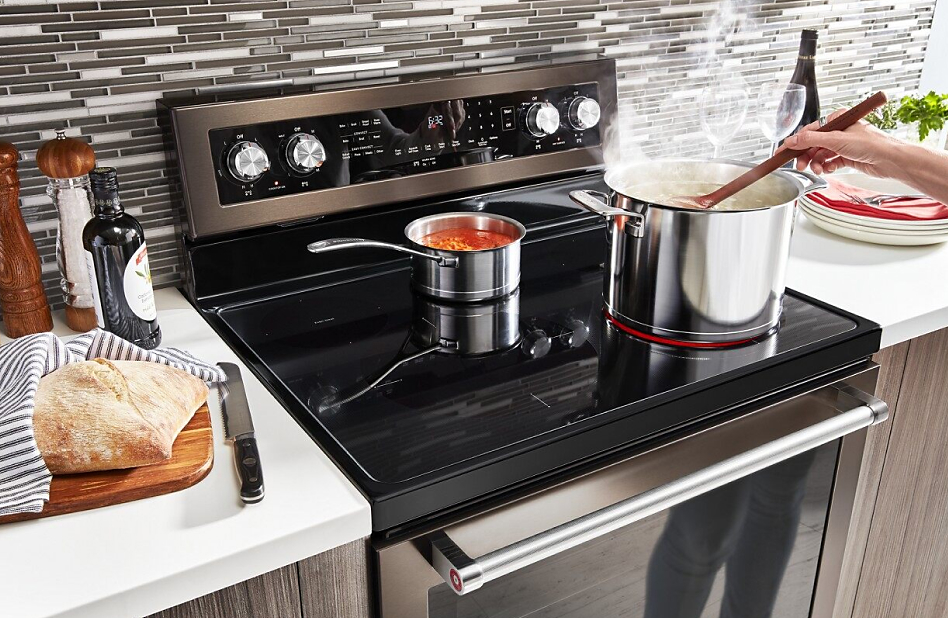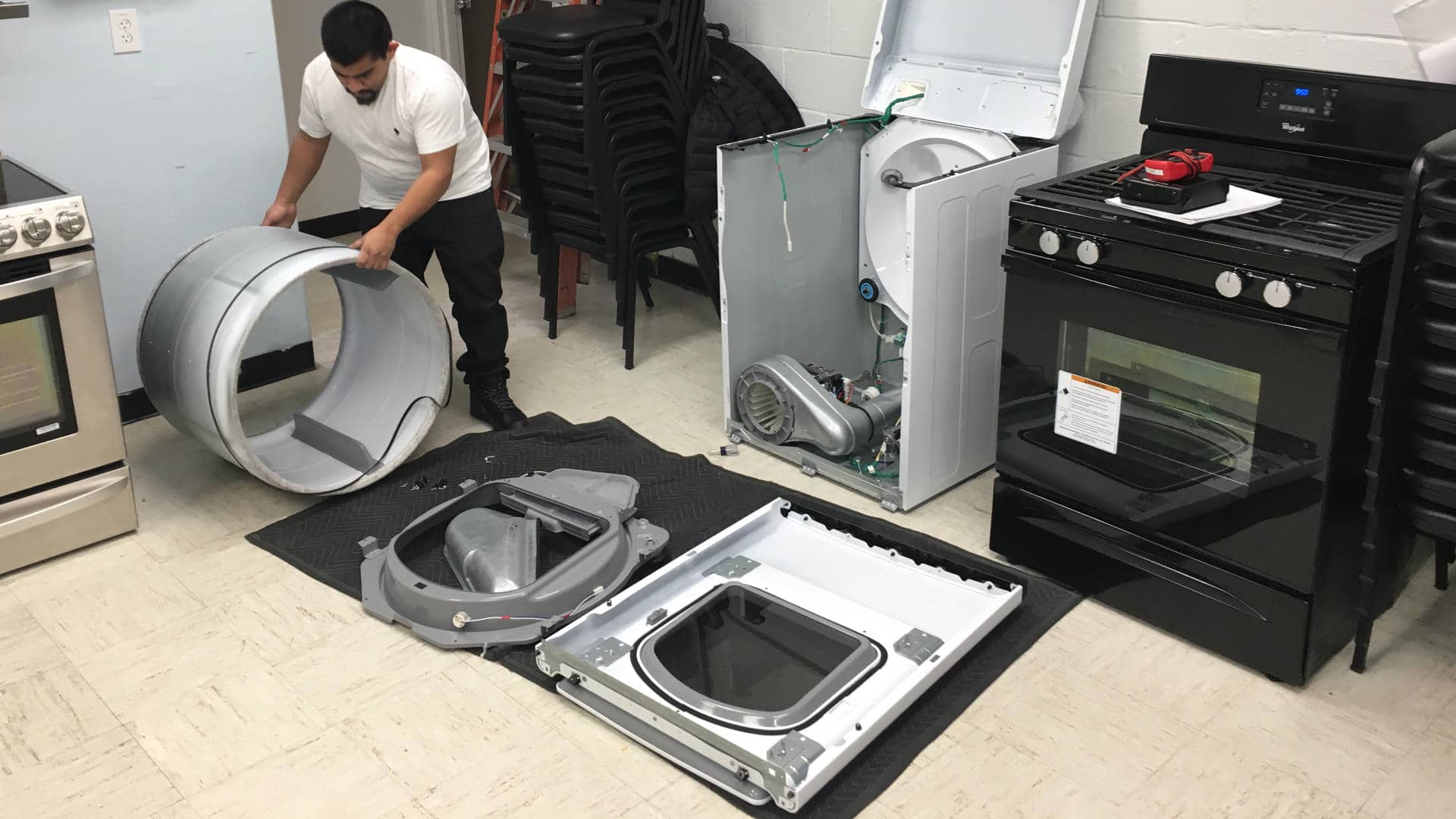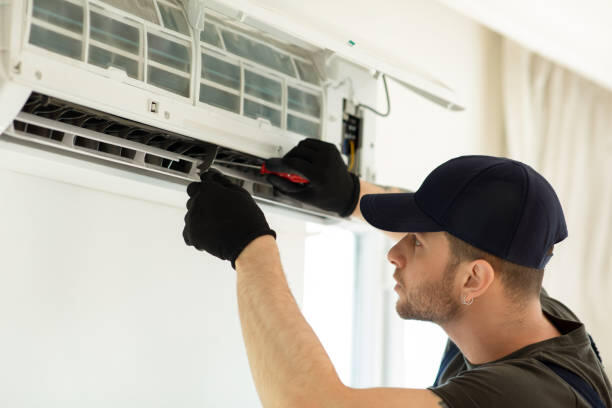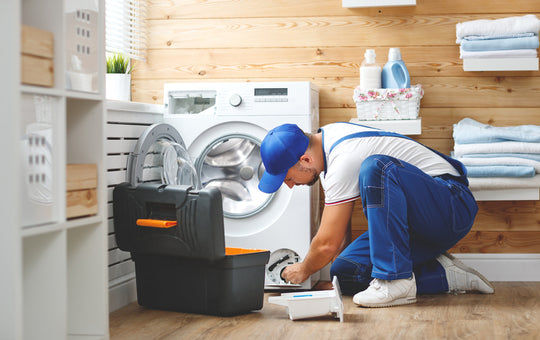How to Keep Your Dryer Running Efficiently?
Keeping your dryer running efficiently is crucial for saving energy and extending its lifespan. This guide will walk you through essential maintenance tasks that help prevent common issues such as overheating and inefficiency. From cleaning the lint trap and vent to troubleshooting frequent problems, we'll cover practical steps to enhance your dryer's performance. Follow these straightforward tips to ensure your appliance operates smoothly and safely, minimizing wear and tear while maximizing efficiency. Let's dive into effective strategies for maintaining your dryer, utilizing key practices in dryer maintenance, cleaning, and problem-solving.
Cleaning the Lint Trap and Vent
Regular cleaning of the lint trap and vent in your dryer is crucial for maintaining its efficiency and safety. Accumulated lint is one of the most common causes of dryer-related problems, including extended drying times and even fires. Here’s a detailed guide on how to effectively clean these crucial components of your dryer.
Cleaning the Lint Trap
The lint trap, or lint screen, should be cleaned after every use. Here’s how you can do it properly:
Remove the Lint Trap: Carefully pull out the lint screen from its slot, usually located near the dryer door or on top of the dryer.
Brush off Lint: Use a soft brush or your hands to remove all the lint accumulated on the screen.
Wash the Lint Trap: At least once a month, wash the lint screen with warm soapy water to remove any residue from fabric softener or dryer sheets that can block airflow. Make sure the screen is completely dry before replacing it.
Checking and Cleaning the Interior Lint Trap Housing
Lint can also build up in the housing that holds the lint trap, which can restrict airflow and efficiency.
Vacuum the Housing: Use a narrow hose attachment on your vacuum to clean inside the lint trap housing. This removes any lint or debris that has bypassed the screen.
Cleaning the Dryer Vent
Cleaning the dryer vent is essential but often overlooked. A clogged vent can lead to a host of problems, including increased risk of fire.
Locate the Vent: Depending on your dryer model, the vent will typically run from the back of the dryer to the outside of your house.
Disconnect the Vent: Carefully move the dryer away from the wall and disconnect the vent hose. This might require loosening a clamp or removing tape that seals the connection.
Clean the Vent Hose: Use a dryer vent cleaning brush kit, which usually includes a long flexible brush rod that can navigate through the vent hose. Push and rotate the brush through the hose to remove all lint and buildup.
Check for Obstructions: Inspect the entire length of the vent for any kinks, holes, or blockages. Replace any damaged sections to ensure proper airflow.
Clean the External Vent: Go outside to the vent exit and remove the vent flap if possible. Clean any visible lint and check that the flap moves freely, which helps prevent animals from entering the vent.
Reassemble and Test
Once everything is clean and intact, reconnect the vent hose to your dryer and ensure it’s securely attached. Push your dryer back to its usual position, making sure not to crush the vent hose. Run the dryer on a short cycle without heat to ensure all connections are secure and that there is proper airflow.
By incorporating these cleaning tasks into your regular maintenance routine, you can significantly increase the safety and efficiency of your dryer. This not only helps prevent common dryer problems but also extends the life of your appliance, ensuring it runs smoothly for years to come.
Preventing Overheating Issues
Overheating is a significant concern with dryers, as it can lead to machine failure and even fire hazards. Proper maintenance and a few precautionary steps can effectively prevent these issues, ensuring your dryer operates safely and efficiently. Here are key strategies to avoid overheating problems:
Regular Vent Cleaning
As mentioned, keeping the dryer vent clean is crucial. A clogged vent restricts airflow, causing the dryer to overheat. Make sure the venting system is inspected and cleaned at least once a year to maintain optimal air flow and prevent lint build-up, which is a common cause of overheating.
Maintain Clear Surroundings
Ensure that the area around your dryer is clear of items that could block the air intake or exhaust. Avoid stacking laundry or other items on top of the machine. This ensures adequate air circulation around the dryer, which helps to dissipate heat effectively.
Check and Replace Faulty Thermostats
A malfunctioning thermostat can fail to regulate the dryer's temperature, leading to overheating. If you notice that your dryer is consistently running hotter than usual, have the thermostat checked by a professional and replaced if necessary.
Avoid Overloading
Overloading your dryer not only strains the motor but also restricts airflow, which can cause the machine to heat up excessively. Follow the manufacturer's guidelines for load sizes to ensure efficient drying without overburdening the system.
Use Proper Settings
Selecting the right heat setting for the type of fabric and the load size can also prevent overheating. Using too high a heat setting for delicate fabrics or small loads can lead to unnecessary heat stress on the dryer.
Upgrade Insulation
Older dryers may lack adequate insulation, which can lead to heat loss and inefficiency. Upgrading the insulation or repairing the door seal can help maintain the desired temperatures within the dryer and prevent external overheating.
Regular Professional Inspections
Lastly, having your dryer inspected by a professional periodically can help identify and resolve issues like improper venting or electrical problems that could lead to overheating.
By implementing these preventative measures, you can significantly reduce the risk of overheating, extend the life of your dryer, and ensure it operates safely and efficiently. Regular attention to these details will help keep your dryer in top condition, avoiding common dryer problems associated with high temperatures.
Troubleshooting Common Dryer Problems
Dryers are generally reliable appliances, but like all machinery, they can encounter issues. Knowing how to troubleshoot common dryer problems can save you time and potentially expensive repairs. Here’s how to address some of the most frequent issues:
Dryer Won’t Start
If your dryer doesn’t start, check the basics first:
Power Supply: Ensure the dryer is properly plugged in and that the outlet is functioning. Check your circuit breaker or fuse box for any tripped circuits or blown fuses.
Door Switch: The dryer will not operate if the door switch detects that the door is open. Inspect the door switch for wear and replace it if it’s defective.
Start Switch: If the start switch doesn’t have continuity when activated, it needs to be replaced.
Dryer Not Heating
A dryer that runs but doesn’t heat might have:
Tripped Thermal Fuse: Overheating can trip the thermal fuse, stopping the heating function. Check the fuse and replace it if necessary.
Faulty Heating Element: For electric dryers, a burned-out heating element will prevent the dryer from heating. Test the element and replace it if it’s no longer functioning.
Gas Valve Solenoid: In gas dryers, faulty gas valve solenoids prevent the dryer from heating. If the igniter glows but no flame is produced, the solenoid may need replacement.
Dryer Making Unusual Noises
Loud noises from a dryer are often an indication of:
Worn Drum Support Rollers: These rollers can wear out over time, causing a thumping noise. Replacing the rollers can quieten the noise.
Faulty Drum Bearing: If the drum bearing is worn out, the dryer may make a scraping or squealing noise. Replace the bearing to solve this issue.
Damaged Drive Belt: A frayed or damaged drive belt can make a loud noise as it rotates. Check the belt and replace it if necessary.
Dryer Stops Mid-Cycle
If your dryer stops in the middle of a cycle, consider these issues:
Overheating: The dryer may automatically shut off if it overheats. Clean the lint trap and venting system to improve airflow.
Faulty Motor: Over time, the dryer motor can overheat and temporarily stop functioning. If the motor continues to shut off and restart, it may need to be replaced.
By becoming familiar with these troubleshooting tips, you can quickly identify and address common dryer problems, ensuring your appliance maintains its performance and efficiency. Regular dryer maintenance and cleaning are crucial in preventing many of these issues, helping you keep your dryer in optimal condition.
Conclusion
Regular maintenance and timely troubleshooting of your dryer are essential to ensuring it runs efficiently and safely. By understanding and addressing common dryer problems, such as issues with starting, heating, and unusual noises, you can significantly extend the life of your appliance and avoid costly repairs. Keep the lint trap and vent clean, adhere to recommended load sizes, and follow the manufacturer's guidelines for optimal care. If you encounter persistent issues, don’t hesitate to seek professional help. Taking these proactive steps will help maintain your dryer’s performance, ensuring it remains a reliable and efficient part of your household routine.
